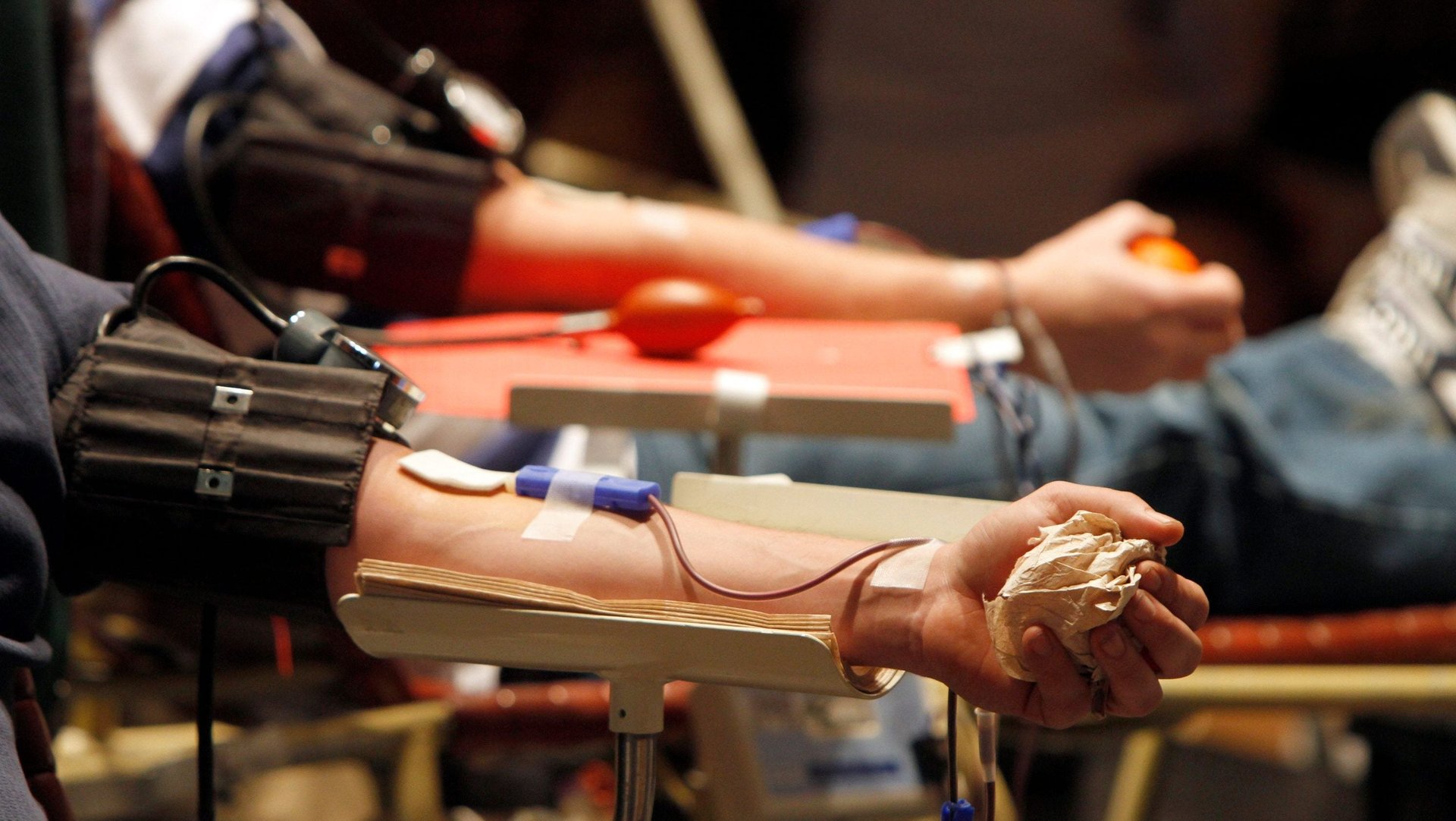Why some blood donations go to waste and how to make sure yours doesn’t
As is so often the case after the US’s all-too-frequent mass shootings, people horrified by the Oct. 27 murders at the Tree of Life Synagogue in Pittsburgh have rushed to the area’s blood banks to donate.


As is so often the case after the US’s all-too-frequent mass shootings, people horrified by the Oct. 27 murders at the Tree of Life Synagogue in Pittsburgh have rushed to the area’s blood banks to donate.
It’s a noble impulse, and can be a helpful one. The local blood bank operator in Pittsburgh did in fact call for donations in the hours immediately following the shooting, which killed 11 people and wounded six more.
With immediate needs met, the blood bank is now asking potential donors to hold off, and to stagger their appointments through the coming weeks. It’s a message worth heeding. Just as unsolicited donations of supplies immediately following a disaster can prove more cumbersome than helpful, flooding local blood banks unasked right after a disaster can lead to a lot of wasted blood.
In the wake of the Oct. 1, 2017 attack in Las Vegas that killed 58 people and wounded 869, people raced to local blood banks as soon as news of the massacre broke. Las Vegas hospitals did indeed need a lot of blood. Some 220 victims were admitted, 68 of them critical. Collectively, they needed 499 units of blood in the 24 hours following the attack, according to a study published Monday in Journal of Trauma and Acute Care Surgery.
Previous analyses found that the vast majority of blood needed to treat shooting victims is used in that critical first 24 hours, said the study’s co-author Glenn Ramsey, a pathologist at Northwestern University’s Feinberg School of Medicine and the medical director of the blood bank at Northwestern Memorial Hospital.
But blood donations take at least two days to process. In Vegas, as in Pittsburgh, the blood that treated victims was already on the shelves: blood given by regular donors, unaware that their platelets and red blood cells would soon be needed to treat victims of the deadliest shooting in US history.
The day after the Vegas shooting, the AABB (formerly known as the American Association of Blood Banks) issued a press release saying that US blood supplies were at capacity. But that got lost amid recirculated calls from the local police and media to donate. In retrospect, the study concluded, those well-intentioned efforts to harness local empathy inadvertently led to needless donations.
Donated blood doesn’t last forever. Plasma can be frozen for up to a year, but red blood cells have a shelf life of six weeks, and platelets only five days. While much of the donated blood could be transported to other locales, there was simply too much to be used before the expiration dates. Of the 791 donations received at one Las Vegas blood bank immediately after the attack, 137—nearly one in five—went unused and had to be thrown away, compared with the typical monthly surplus of 26 donations.
“It’s really fundamental for the public to understand that it’s the blood that was already donated and already on the shelf that is going to go into patients who need it,” said Eduardo Nunes, a vice president at AABB.
The most helpful time to donate blood, for those who are eligible to do so, is before a catastrophe hits the news. Blood donations save lives. But as with all gifts, it is most effective when it takes recipients’ needs into account first.
If you are eligible to donate and want to channel the outrage and heartbreak of the headlines into useful actions, call your local blood bank, ask what their needs are, and schedule an appointment then, Nunes said. Even if their stocks are full now, someone, soon, will need blood again.
“Many, many more patients need blood for their chemotherapy, their car accidents, their sickle cell anemia—or whatever it might be—than what you hear in the news today and tomorrow,” Ramsey told Quartz. “That unsung need is what the vast majority of blood goes to.”